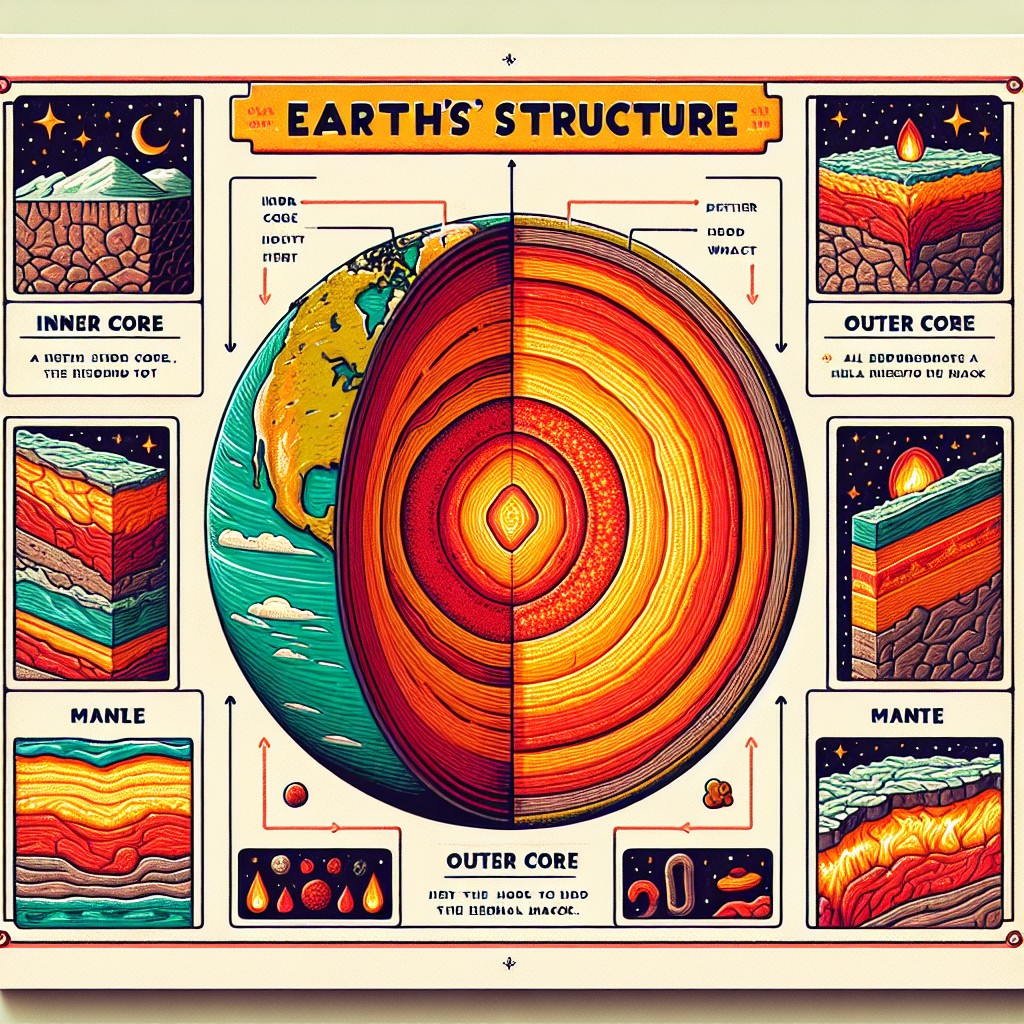Australia is renowned for its extraordinary biodiversity, a treasure trove of life that has evolved in isolation for millions of years. This vast continent, with its diverse ecosystems ranging from arid deserts to lush rainforests, is home to an astonishing array of species, many of which are found nowhere else on Earth. The unique evolutionary history of Australia has resulted in a rich tapestry of flora and fauna, characterised by both endemic species and remarkable adaptations to the environment.
The continent’s geographical isolation has fostered a distinct biological heritage, making it a focal point for conservationists and ecologists alike. The significance of Australia’s biodiversity extends beyond mere numbers; it plays a crucial role in the health of the planet. Ecosystems such as the Great Barrier Reef, the world’s largest coral reef system, and the ancient rainforests of Tasmania are vital not only for their intrinsic beauty but also for their contributions to global ecological balance.
These ecosystems provide essential services, including carbon sequestration, water filtration, and habitat for countless species. However, the intricate web of life that characterises Australia is under threat from various human activities and environmental changes, necessitating urgent attention and action.
Summary
- Australia is home to a unique and diverse range of flora and fauna, making it one of the most biodiverse countries in the world.
- The flora of Australia includes iconic species such as eucalyptus trees, kangaroo paws, and the famous kangaroo grass.
- Australia’s fauna is equally diverse, with iconic species such as kangaroos, koalas, platypuses, and a wide variety of bird species.
- Threats to Australia’s biodiversity include habitat loss, invasive species, climate change, and human activities such as logging and urban development.
- Conservation efforts in Australia include the establishment of national parks and wildlife reserves, as well as initiatives to protect endangered species and their habitats.
Unique Flora of Australia
Australia’s flora is as diverse as its landscapes, with over 25,000 species of native plants, many of which are endemic. The continent’s unique climatic conditions have given rise to a variety of plant communities, from the iconic eucalyptus forests to the vibrant wildflower displays found in Western Australia. Eucalyptus trees, often referred to as gum trees, dominate much of the landscape and are adapted to withstand bushfires, a natural occurrence in many Australian ecosystems.
These trees not only provide habitat and food for numerous species but also play a significant role in carbon storage. In addition to eucalyptus, Australia boasts an impressive array of other plant species, including banksias, wattles, and grevilleas. The flowering plants of the Australian bush are particularly noteworthy; they have evolved to attract specific pollinators such as birds and insects.
For instance, the striking red flowers of the banksia attract honeyeaters, while the unique adaptations of the kangaroo paw facilitate pollination by native bees. Furthermore, Australia’s arid interior is home to resilient plants like spinifex and saltbush, which have adapted to survive in harsh conditions with minimal water. This remarkable diversity not only contributes to the aesthetic beauty of the landscape but also supports a wide range of wildlife.
Diverse Fauna of Australia
Australia’s fauna is equally remarkable, featuring an array of unique mammals, birds, reptiles, and amphibians. The continent is perhaps best known for its marsupials, including kangaroos, koalas, and wombats. These animals have evolved distinct reproductive strategies that allow them to thrive in various environments.
For example, kangaroos are well-adapted for life in open grasslands and can cover large distances in search of food and water. Koalas, on the other hand, are specialised feeders that rely on eucalyptus leaves for sustenance, showcasing a fascinating example of dietary adaptation. Birdlife in Australia is incredibly diverse, with over 800 species recorded across the continent.
The emu and the cassowary are two flightless birds that exemplify Australia’s unique avian fauna. The emu is known for its impressive size and speed, while the cassowary is often referred to as a “living dinosaur” due to its prehistoric appearance and behaviour. Additionally, Australia is home to an array of colourful parrots and honeyeaters that have adapted to various habitats.
The iconic kookaburra, famous for its distinctive call, is another example of the continent’s rich avian diversity. Reptiles also play a significant role in Australia’s fauna, with over 800 species including snakes, lizards, and crocodiles. The inland taipan, known as the world’s most venomous snake, exemplifies the unique adaptations found within this group.
Meanwhile, the saltwater crocodile is a formidable predator that inhabits coastal regions and rivers across northern Australia. Amphibians are less diverse but include fascinating species such as the corroboree frog, which is critically endangered due to habitat loss and disease.
Threats to Australia’s Biodiversity
Despite its rich biodiversity, Australia faces numerous threats that jeopardise its unique ecosystems and species. Habitat destruction is one of the most pressing issues; urbanisation, agriculture, and mining have led to significant loss of natural habitats. The clearing of land for farming or development not only reduces available space for wildlife but also fragments ecosystems, making it difficult for species to migrate or find mates.
This fragmentation can lead to isolated populations that are more vulnerable to extinction. Climate change poses another significant threat to Australia’s biodiversity. Rising temperatures and changing rainfall patterns can disrupt delicate ecosystems and alter species distributions.
For instance, coral bleaching events caused by elevated sea temperatures have devastated large portions of the Great Barrier Reef, leading to declines in marine biodiversity. Additionally, increased frequency and intensity of bushfires threaten terrestrial habitats and species adapted to fire-prone environments. The impact of climate change is compounded by invasive species that outcompete native flora and fauna for resources.
Conservation Efforts in Australia
In response to these threats, Australia has implemented various conservation efforts aimed at protecting its unique biodiversity. The Australian government has established numerous policies and initiatives designed to safeguard endangered species and their habitats. The Environment Protection and Biodiversity Conservation Act 1999 serves as a key legislative framework for environmental protection in Australia.
This act provides mechanisms for listing threatened species and ecological communities while promoting sustainable land use practices. Non-governmental organisations (NGOs) also play a vital role in conservation efforts across the continent. Groups such as the Australian Conservation Foundation and WWF Australia work tirelessly to raise awareness about biodiversity issues and advocate for policy changes.
These organisations engage in habitat restoration projects, conduct research on threatened species, and promote community involvement in conservation activities. For example, initiatives aimed at restoring degraded habitats often involve local communities in planting native vegetation and monitoring wildlife populations.
National Parks and Wildlife Reserves
Australia’s commitment to conservation is exemplified by its extensive network of national parks and wildlife reserves. Covering approximately 18% of the continent’s land area, these protected areas serve as sanctuaries for countless species and ecosystems. Kakadu National Park in the Northern Territory is one such example; it encompasses diverse habitats ranging from wetlands to sandstone escarpments and is home to an incredible variety of wildlife including saltwater crocodiles and migratory birds.
Another notable example is Tasmania’s Freycinet National Park, which features stunning coastal landscapes and unique flora such as the endemic Tasmanian devil. These parks not only protect biodiversity but also provide opportunities for research and education about Australia’s natural heritage. Many national parks offer visitor facilities that promote eco-tourism while ensuring minimal impact on the environment.
This balance between conservation and public access is crucial for fostering appreciation of Australia’s natural wonders.
Popular Wildlife Tours and Experiences
For those seeking to experience Australia’s remarkable biodiversity firsthand, numerous wildlife tours and experiences are available across the country. From guided walks through ancient rainforests to boat tours exploring marine ecosystems, these activities provide opportunities to observe wildlife in their natural habitats. One popular destination is Kangaroo Island in South Australia, where visitors can encounter sea lions basking on beaches, koalas resting in eucalyptus trees, and diverse birdlife.
The Great Barrier Reef also offers unparalleled opportunities for marine wildlife encounters. Snorkelling or diving among vibrant coral reefs allows visitors to witness an array of marine life including colourful fish, sea turtles, and even dolphins. Eco-friendly tour operators prioritise sustainable practices while providing educational experiences about marine conservation efforts.
Such tours not only enhance appreciation for Australia’s biodiversity but also contribute to local economies through responsible tourism.
Responsible Tourism and Wildlife Watching Guidelines
As interest in wildlife tourism grows, it becomes increasingly important to promote responsible practices that minimise impact on ecosystems and species. Tour operators often provide guidelines for wildlife watching that emphasise respect for animals and their habitats. For instance, maintaining a safe distance from wildlife ensures that animals do not feel threatened or stressed by human presence.
Additionally, visitors are encouraged to avoid feeding animals or disturbing their natural behaviours. Education plays a crucial role in fostering responsible tourism; many operators incorporate information about local ecosystems into their tours. This knowledge empowers visitors to make informed choices about their interactions with wildlife while promoting conservation awareness.
Furthermore, supporting eco-friendly businesses that prioritise sustainability helps ensure that tourism contributes positively to conservation efforts rather than exacerbating existing threats. In conclusion, Australia’s biodiversity represents a unique blend of flora and fauna shaped by millions of years of evolution in isolation. While facing significant threats from human activities and climate change, concerted conservation efforts are underway to protect this invaluable natural heritage.
Through national parks, wildlife tours, and responsible tourism practices, individuals can engage with Australia’s remarkable ecosystems while contributing to their preservation for future generations.
FAQs
What is the flora and fauna of Australia?
Australia is home to a diverse range of flora and fauna, including unique species found nowhere else in the world. The flora includes a variety of eucalyptus trees, acacias, and other native plants, while the fauna includes iconic animals such as kangaroos, koalas, and the platypus.
How many species of flora and fauna are found in Australia?
Australia is home to an estimated 250,000 species of plants and animals, many of which are endemic to the continent. This includes around 20,000 species of plants and over 800 species of birds.
What are some iconic species of flora and fauna in Australia?
Some iconic species of flora in Australia include the eucalyptus tree, also known as the gum tree, and the kangaroo paw flower. Iconic fauna species include kangaroos, koalas, wallabies, and the emu.
What are the threats to the flora and fauna of Australia?
The flora and fauna of Australia face various threats, including habitat destruction, climate change, invasive species, and pollution. These threats have led to the decline of many species and ecosystems in the country.
Are there any conservation efforts in place to protect the flora and fauna of Australia?
Australia has implemented various conservation efforts to protect its unique flora and fauna, including the establishment of national parks and reserves, wildlife protection laws, and conservation programs aimed at preserving endangered species and their habitats.


